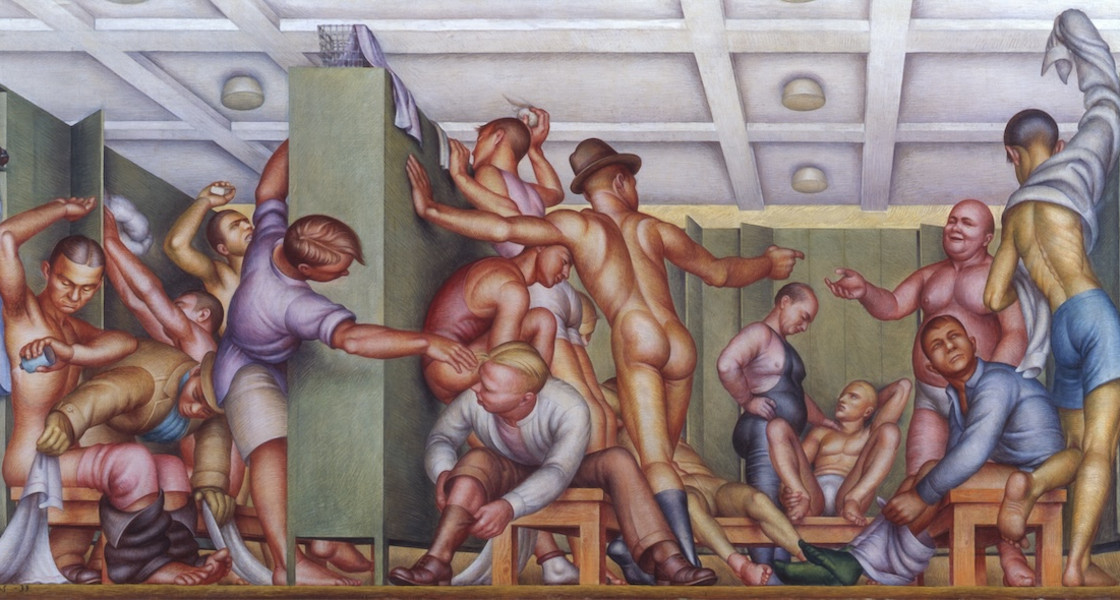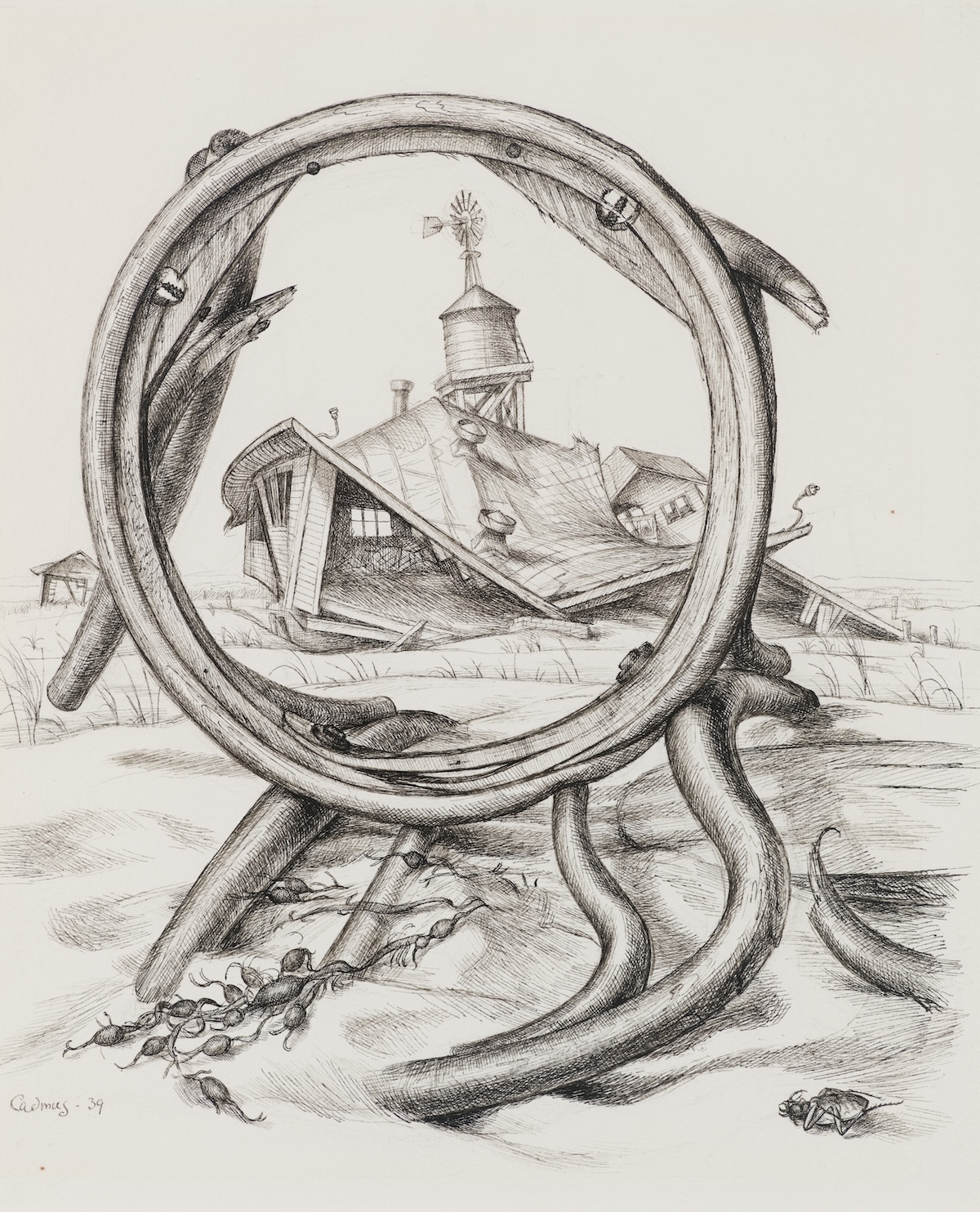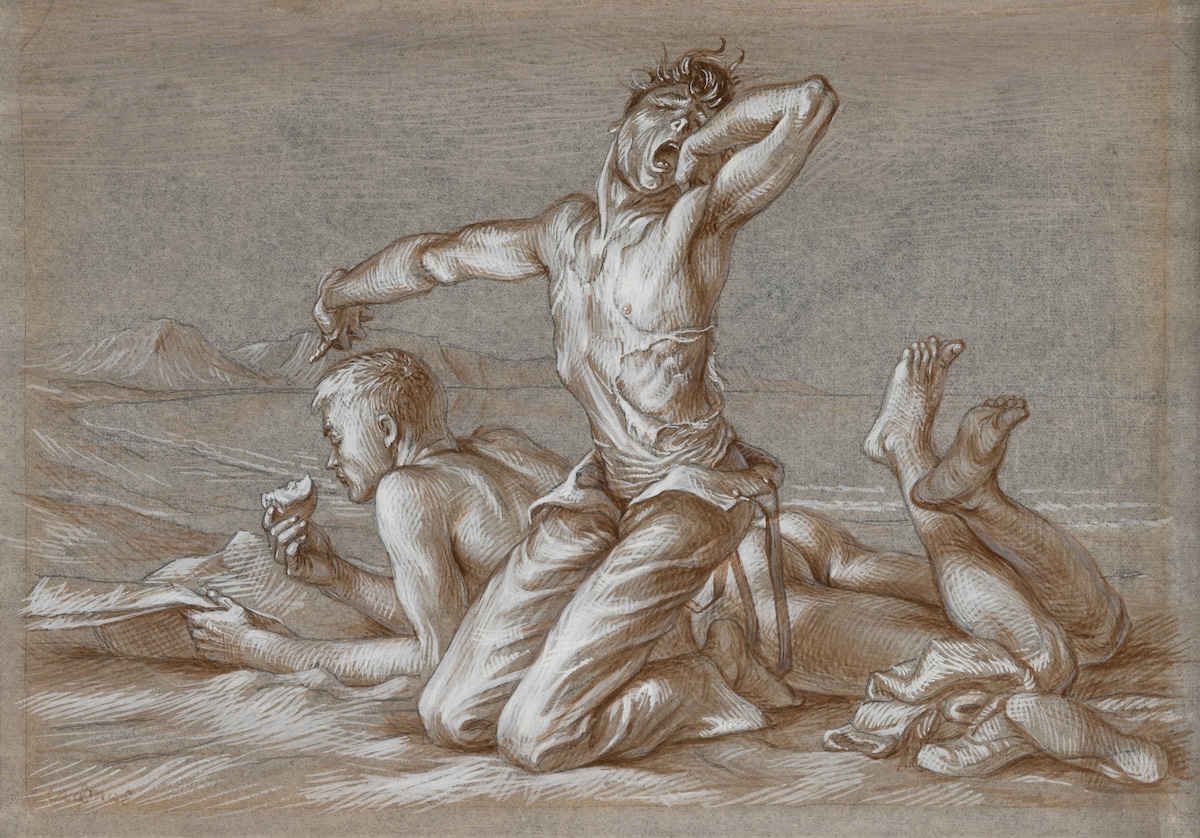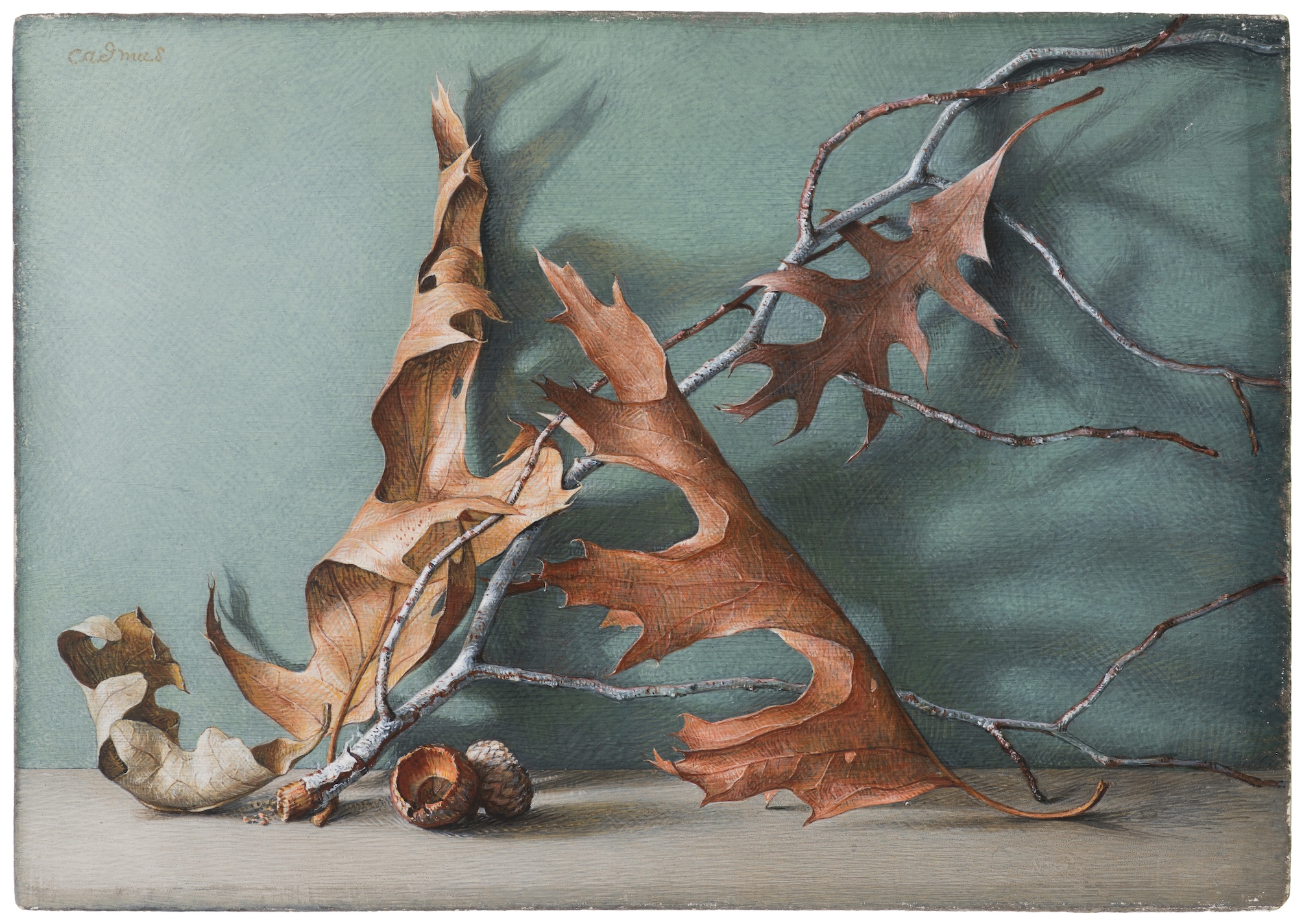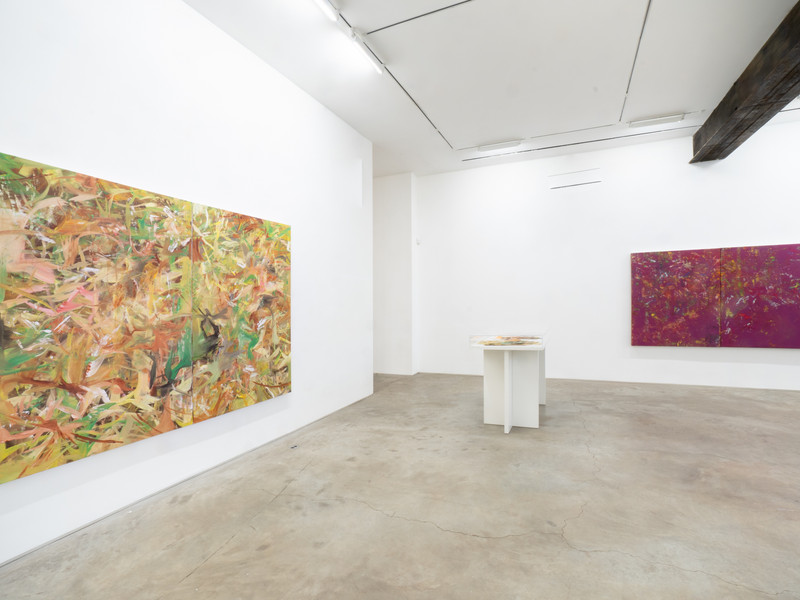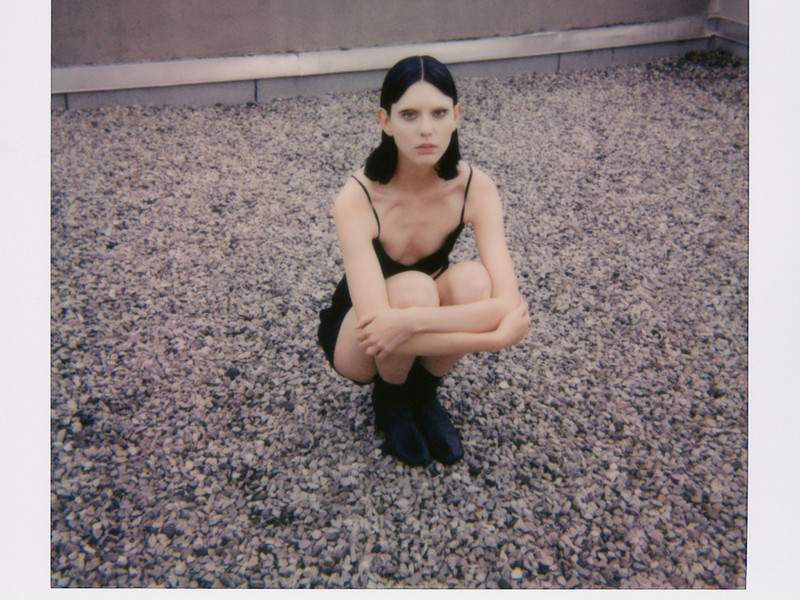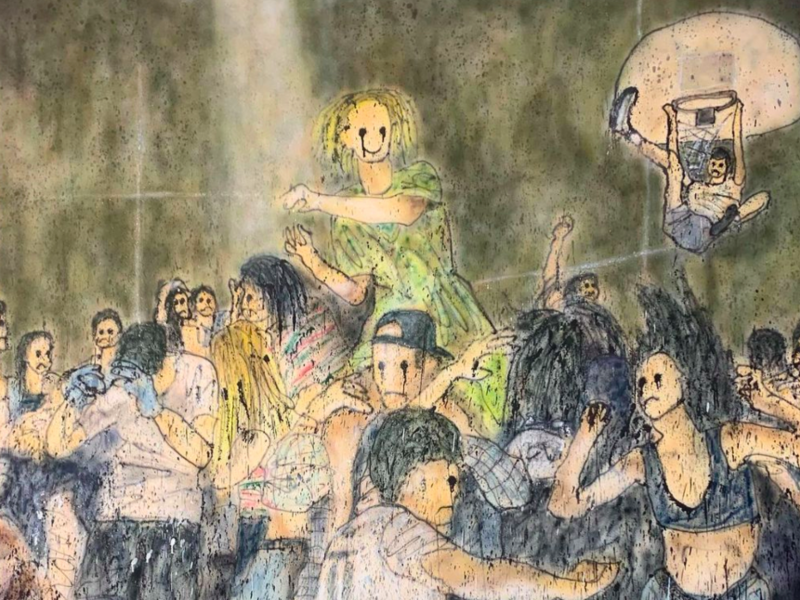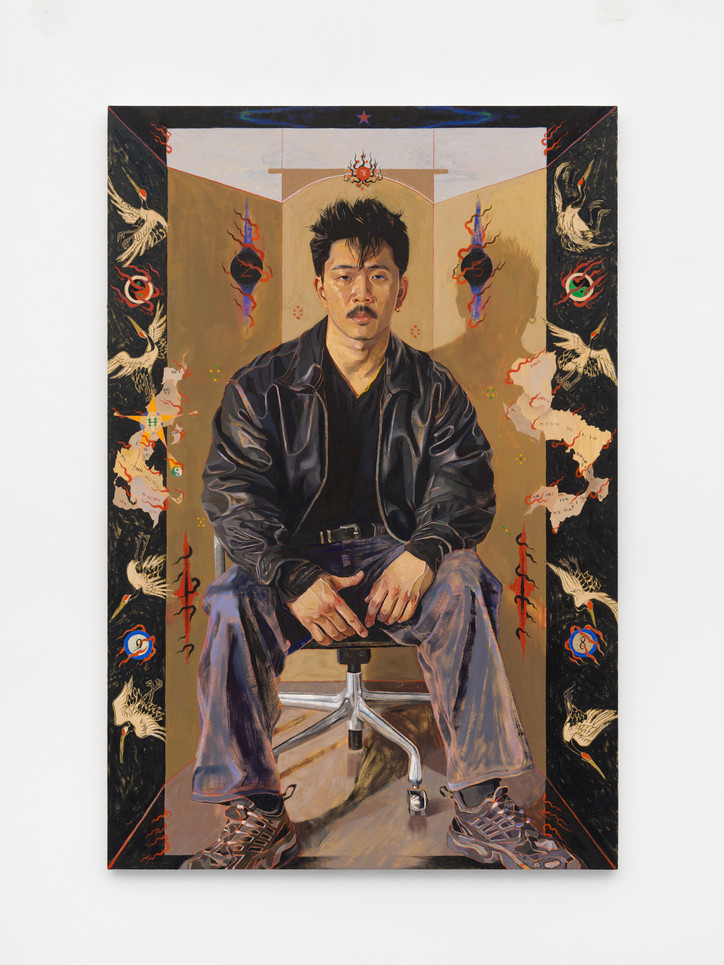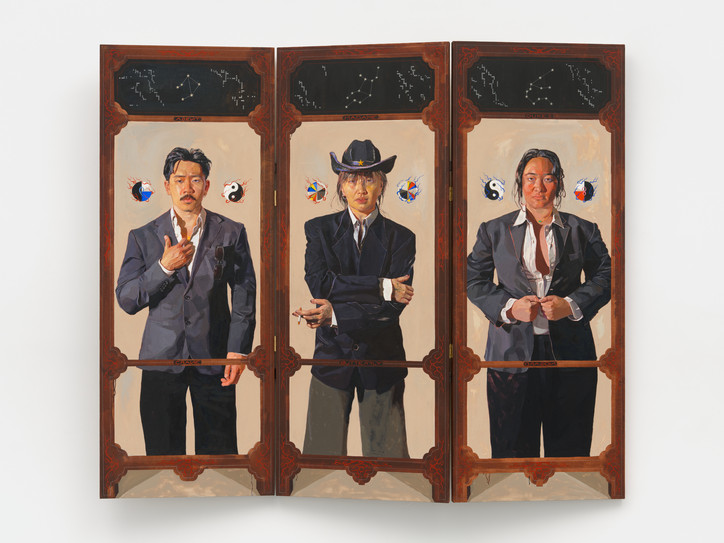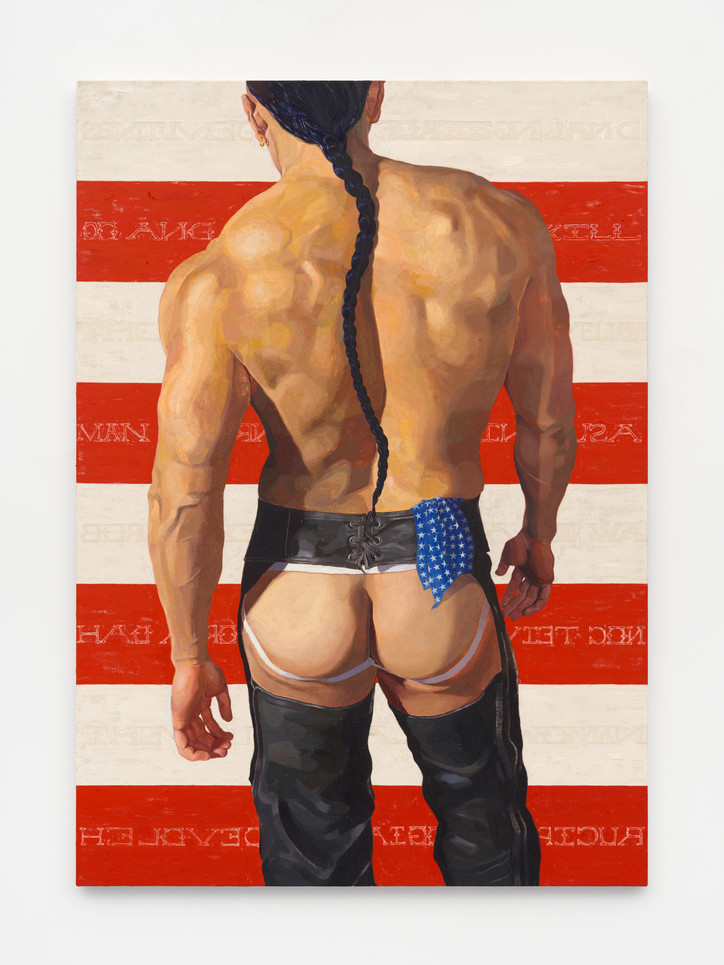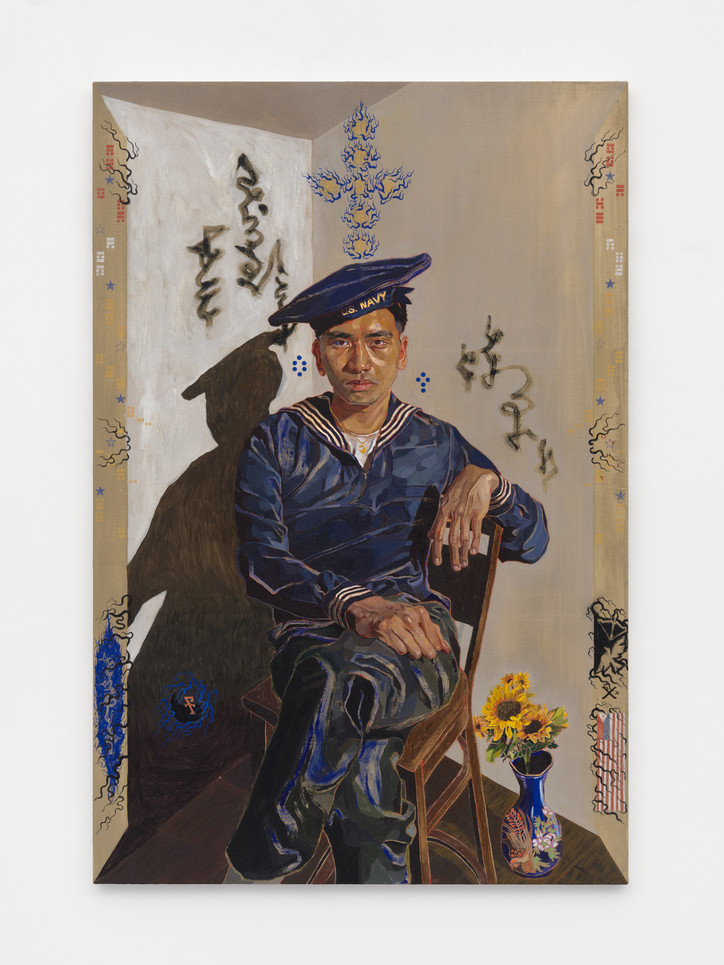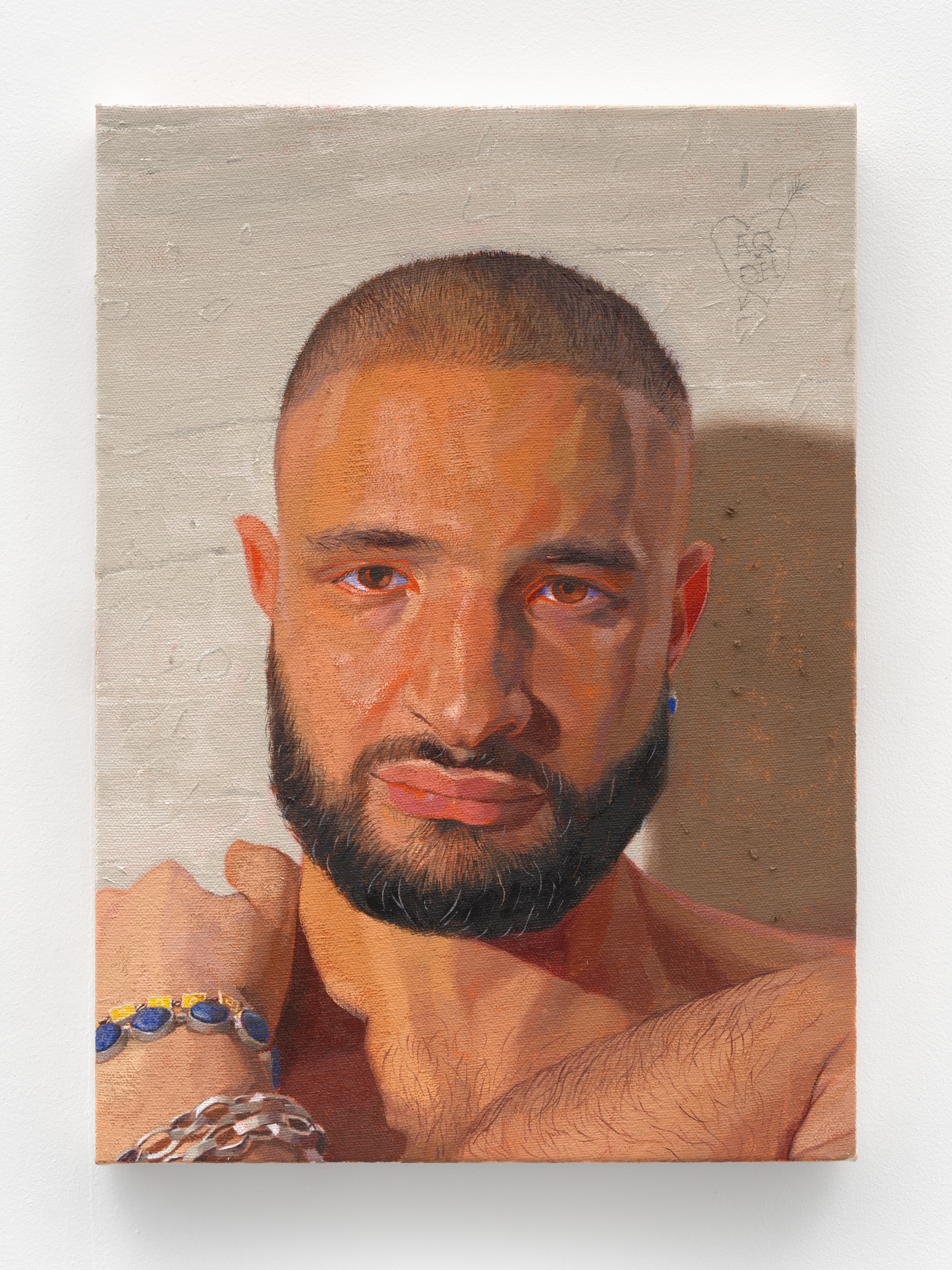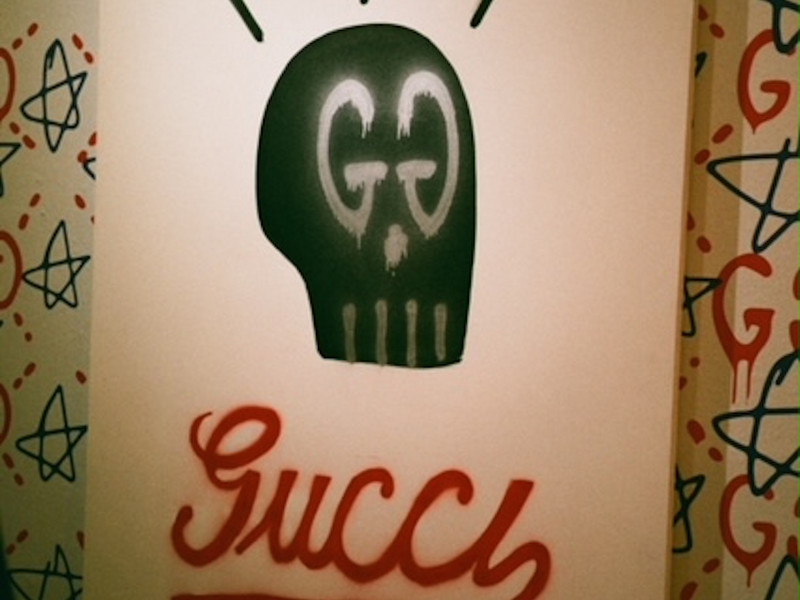A Beach of a Life: Paul Cadmus
The world, at least in 1937, seems to have agreed on the powers of the lamb. That year, the artist Paul Cadmus opened his first solo show at Midtown Gallery in New York boasting artworks of male physiques and satires of American nightlife. Everything from his show sold out. It drew a record-breaking audience of seven thousand homosocially curious lions, lured in by an artist compelled to depict men as if they were potent lambs as evinced in his painting, Y.M.C.A. Locker Room, 1933. It was all very gay. For this, the artist garnered mainstream attention and inclusion in art history. Life magazine fueled America's intrigue, emphasizing Cadmus’ cheeky fascination for depicting, “the play of muscles and the stretch of skin above them.” (Incidentally, Cadmus’ men appear with little if any visible signs of body hair, resembling sheared lambs free of wool coats, perhaps something de Beauvoir would have found less repulsive).
A few years later, the 1941 Encyclopedia Britannica entry for ‘Famous Paintings by Modern American Artists’ linked Cadmus with Regionalists Grant Wood and John Steuart Curry and soft psycho-realist Edward Hopper. This moment of late American modernism would not last. Like all movements in art history, they, too, were succeeded by another scene. Cadmus was met with fierce condemnation and brutal acts of censorship for his boisterous tableaus of cross-class contact rich with sexual innuendos while his less gay peers were succeeded by the Abstract Expressionists. The Ab Ex painters were sponsored by clandestine CIA “donations,” and written with great esteem by academic art critics weaponizing their institutional powers of intellectual prestige to refashion history, whether that of art or sexuality, to their own liking.
History loves persecuting sexual minorities. There is no exception to this, not even from the ancient Greeks who were rather generous with their sculptures of naked mortals, demi-gods, nymphs, and goddesses. In response to an email I wrote to A.B. Huber, one of my undergraduate thesis advisors, Huber shared this anecdote, “I kept thinking about the fact that when the first stele of hermaphroditic figures were being made in Greece, actual intersex babies were ‘put out to sea,’ that is exposed and drowned as monstrosities that threatened the community. Sometimes non-normative bodies are celebrated in art or ritual objects but loathed in reality.” Why is the reality of everyday life often overlooked, censored in art history?
Whatever, for Cadmus and Cadmus’ friends, life was always a beach. In February of 2024, D.C. Moore gallery showed the artist’s first major show in over 20 years, Paul Cadmus: The Male Nude. It relied heavily on works of beauties traversing Fire Island’s sandy shoreline, beachside mansions, and White Oak and Red Swamp maple-covered loveshacks (Camp Cheerful, 1939; Pine Cone and Bark, 1955; and, Winter Still Life, 1970). They circulate across the gallery’s scarlet-colored walls. There are several still lives and dozens of nude figures drawn with fast, fluid marks or painted with egg tempera and highlighted with crayon. His figures have flesh that bulges or twists similar to artists like Tom of Finland or Jiraiya. However, what distinguishes Cadmus from these guys is that his figures appear to glow to the point of otherworldly enchantment.
Some figures read and eat apples at the beach like in Two Boys on a Beach, c. 1936. Nearby a boy yawns. Others lounge at ease and yet appear to be stretching. It’s uncanny.
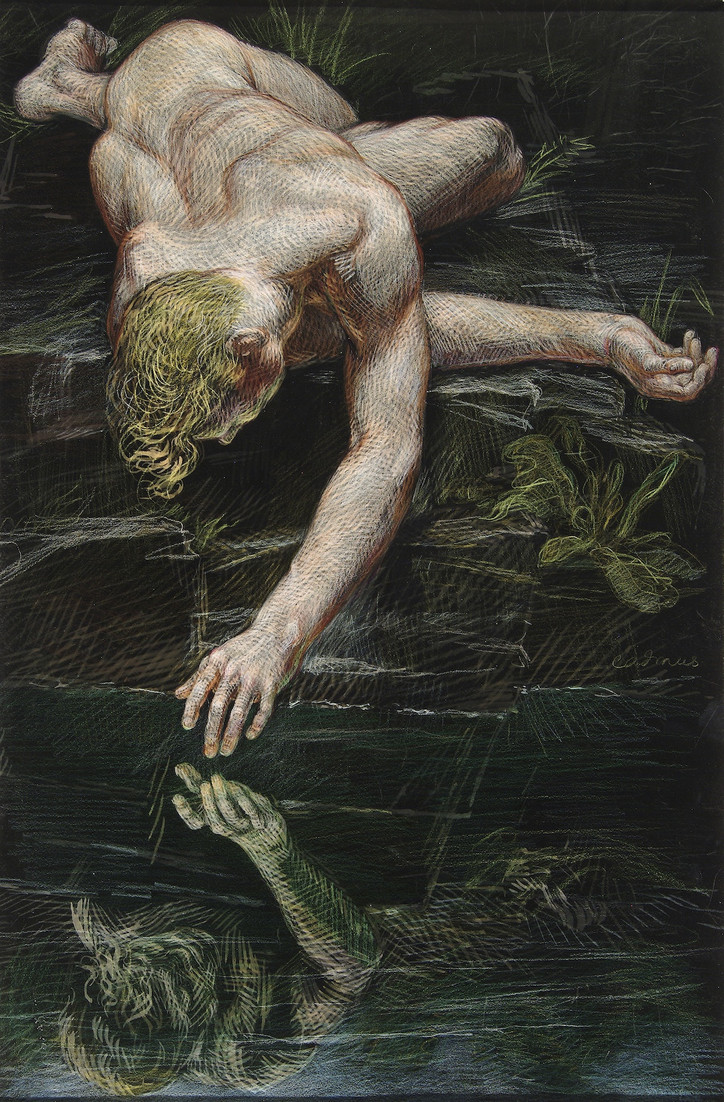
Narcissus: Study for an Homage to Caravaggio, 1963, 1983
Tempera and ink on board, ca. 1963; crayon added in 1983
Collection of The Tobin Theatre Arts Fund, 75.2007.
Courtesy of the McNay Art Museum, San Antonio,Texas.
A luminescent boy in one tempera, ink, and crayon drawing, Narcissus: Study for an Homage to Caravaggio, 1963, 1983, lays sprawled out on a bed of Fire Island’s feathery grasses, like soft rush and switchgrass. His gnarly, lean flesh folds around himself as if frozen mid-motion while tumbling downhill. His firm ass protrudes at the center of the drawing. He arches his back. It creates a nice shadow-line that runs through the length of his spine. His neck, head, and blonde and white curls all meet at the end line. His head along with an outstretched left arm fall off a bayside barrier. They hover above murky saltwater located at the bottom of the drawing. His head peers downward into the water while his fingers reach out to his reflection. In this intricate tableau, the boy becomes a focal point, not merely a subject but a representation of desire itself. His naked form, frozen yet seemingly in motion, with an outstretched arm drawn in a phallic manner, invites his reflection as well as the viewer into the scene. His outstretched arm inches closer to the picture plane, coming towards the viewer. The viewer stands outside the picture, wading nearby in the salt water just beyond the boy’s reflection. Here, the artist blurs the boundaries between observer and observed, lover and beloved.
Cadmus was a huge fan of triangulations. The triangulation inherent in this composition echoes the complexities of attraction, where the paradoxical interplay of both the law of desire and the rule of seduction unfold. Something to mention, especially, about desire and seduction: desire follows the law of gratification whereas seduction follows the rule of intensification. For the desiring subject who breaks the law of desire, they are punished. But like most lawbreakers, they’re given another chance to play again once penance has been paid. Seduction does not let you play again. It follows the rule — not the law — of intensification. Once the seducer breaks the rule of intensification (becoming avoidant, anxious, or secure to the point of barrier breaking intimacy i.e. empathy) they must exit the scene. The game of attraction ends.
Between the boy, his reflection, and the viewer positioned just outside the frame, a delicate dance assembles. The boy's gaze fixates upon his own image. It’s a gratifying manifestation of his beauty. But granting that gratification threatens to extinguish desire itself. In most versions of the story of Narcissus, the boy dies once he falls into his reflection. If this drawn boy falls into the water, he would be breaking the rule of seduction — not desire — by choosing to end his life. Instead, he intensifies seduction by continuing his gaze as he reaches out to the viewer. His beckoning gesture asks the viewer to participate in this erotic scene. We, the viewer, are gratified by him including us in the scene. His hand calls for the viewer to make a decision: to grab his hand and roll along with him on solid ground or to pull him underwater. Here is both desire and seduction continuously at play. The boy's control over the scene is tenuous, contingent upon the triangulating motion of desire and seduction. The story only continues, though, if the viewer grabs his hand and joins his decelerating tumble.
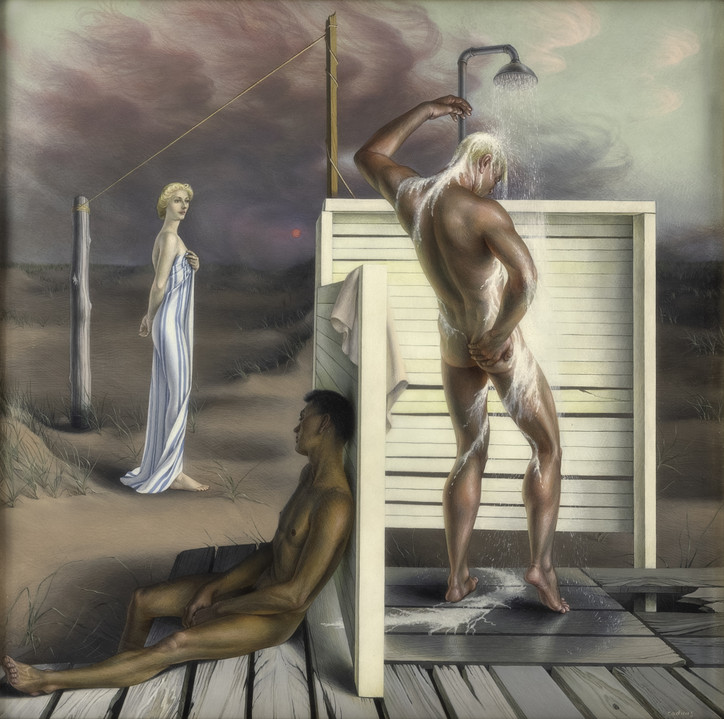
The Shower, 1943
Egg tempera on pressed wood panel
15 1/4x15 1/2inches
Private Collection
Elsewhere in the show, there's a painting showing a hunk covered in droplets and soapy suds. He is enjoying an outdoor shower (The Shower, 1943). A woman wrapped in a bed cloth watches as a wildfire summer sun burns behind her. Below the hunk is a skinny man who reclines, patiently waiting to be summoned by either of these two lovers. Again, triangulations were no stranger to Cadmus’ artistry and life. The artist took part in a collective with Jared French, Margaret French, and himself, colloquially called PAJAMA as shown in the photograph on display, Paul Cadmus and Jared French, Fire Island, 1941. The throuple lasted for a significant portion of his life. This was brought up several times during a packed-house conversation on the legacy of Paul Cadmus and Fire Island this winter. The conversation was shared between art critic Justin Spring, BOFFO co-founder Faris Saad Al-Shathir, and photographer Matthew Leifheit. But, the artist was more than his triangulations. He collaborated with a cohort of mostly white creatives like the photographer George Platt Lynes, Lynes’ on again off again lover, the MoMa curator Monroe Wheeler, and the painter George Tooker. In reality, these were his companions. This was the art historical movement in which he found pleasure and safety to be himself. He helped build it and so he belonged to it.
One of the artist’s favorite scenes was wherever water meets land. More often than not his scene was the beach. In the most literal sense of the word, a scene is a moment of “intense affection,” similar to scenes found in a book or a movie. They also appear in drawings and paintings. Social scenes, too, are moments of “intense affection” where both pleasure and safety are interconnected at a much larger scale. What feels special about Cadmus was his knowingness that much of his scene wouldn't last. He navigated his faggy way of life, the polyamory, the earnest pursuit of some idealized human form, the thumbnails of bullish men, sailors, twinks, trade, glammed out dolls, gangsters, hookers, beefs, queens, faeries, all entangled and enthralled with one another.
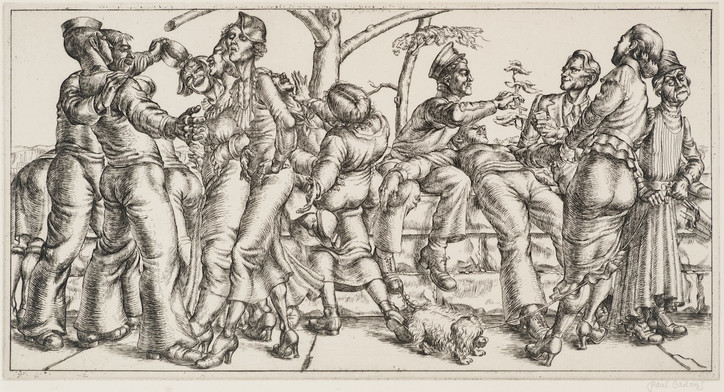
The Fleet’s In!, 1934
Etching
7 1/4 x 14 1/8 inches
D.C. Moore’s founder Bridget Moore added to the conversation noting that the government did not value a lot of the artwork created for the United States Public Works of Art Project (WPA) after the war and, unbelievably, sold many paintings for linen scrap for pipe fittings. These works, along with artworks by Cadmus' peers were sold at garage sales or thrift stores. Further to the point of trash, it’s no surprise that one of Cadmus' paintings made while a member of the federal government funded WPA was removed from public view. Perhaps it was because he was outing all sorts of men in the military. “In 1934, one of Cadmus’ very gay paintings, The Fleet's In!, 1934 (it would later inspire a major motion picture), was quickly removed from public display. It was stolen by a retired navy admiral who, contradictorily, installed it at a men's-only Alibi Club in Washington, D.C. It lived there for four decades. A year before Cadmus' The Fleet's In! was removed, Diego Riviera had his mural burnt off the wall of Rockefeller Center because he wouldn’t remove his portrait of Lenin from the center of it. All the best artists were queer communists,” shared an audience member during the conversation’s Q & A. By outing the whole military, did Cadmus fuel military turmoil?
Spring confidently responded. He seemed to think this was most likely not the case. He noted that figuration in art history has always been queer and that Cadmus’ practice of queer realism by means of figuration was not all that political. The critic seemed to be missing what the audience member was suggesting. Said audience member responded, “I suppose I agree with you that figuration has always been queer (because people are),” echoing Huber. “However, America did put Cadmus’ style of figuration entirely back into the closet to avoid the issue of America’s very public queerness. America wasn't ready for queer figuration, but Cadmus was insisting on it 90 years ago!” furthering Huber’s illustrative example. The packed gallery stirred at the lamb's captivating come-on. A faint smile materialized on the critic's face, begrudgingly acknowledging the lamb's charm.
There’s more to share. Continuing de Beauvoir’s observation, she notes that, "If the prehensile, possessive tendency exists more strongly in women, her orientation... will be toward homosexuality." Here, de Beauvoir is not wrong. Homosexuals, those women attracted to women or men attracted to men, have an intimate understanding of attraction’s complexities and know best how to navigate, if not totally transfigure, scenes of intense affection and desire. They tend to extend beyond the conventional roles of lion and lamb, lover and beloved. At times, the lamb turns out to be a wolf in grown up lamb’s clothing.
